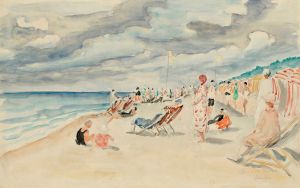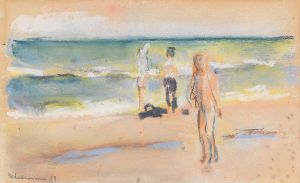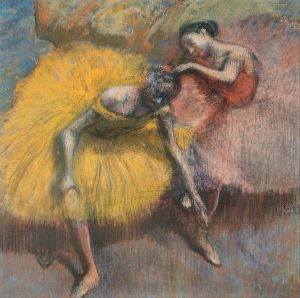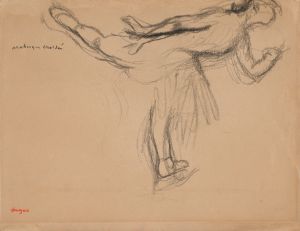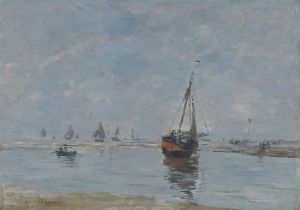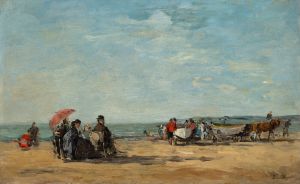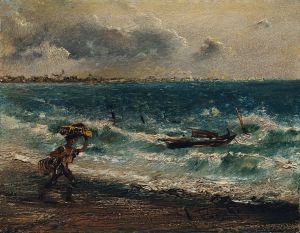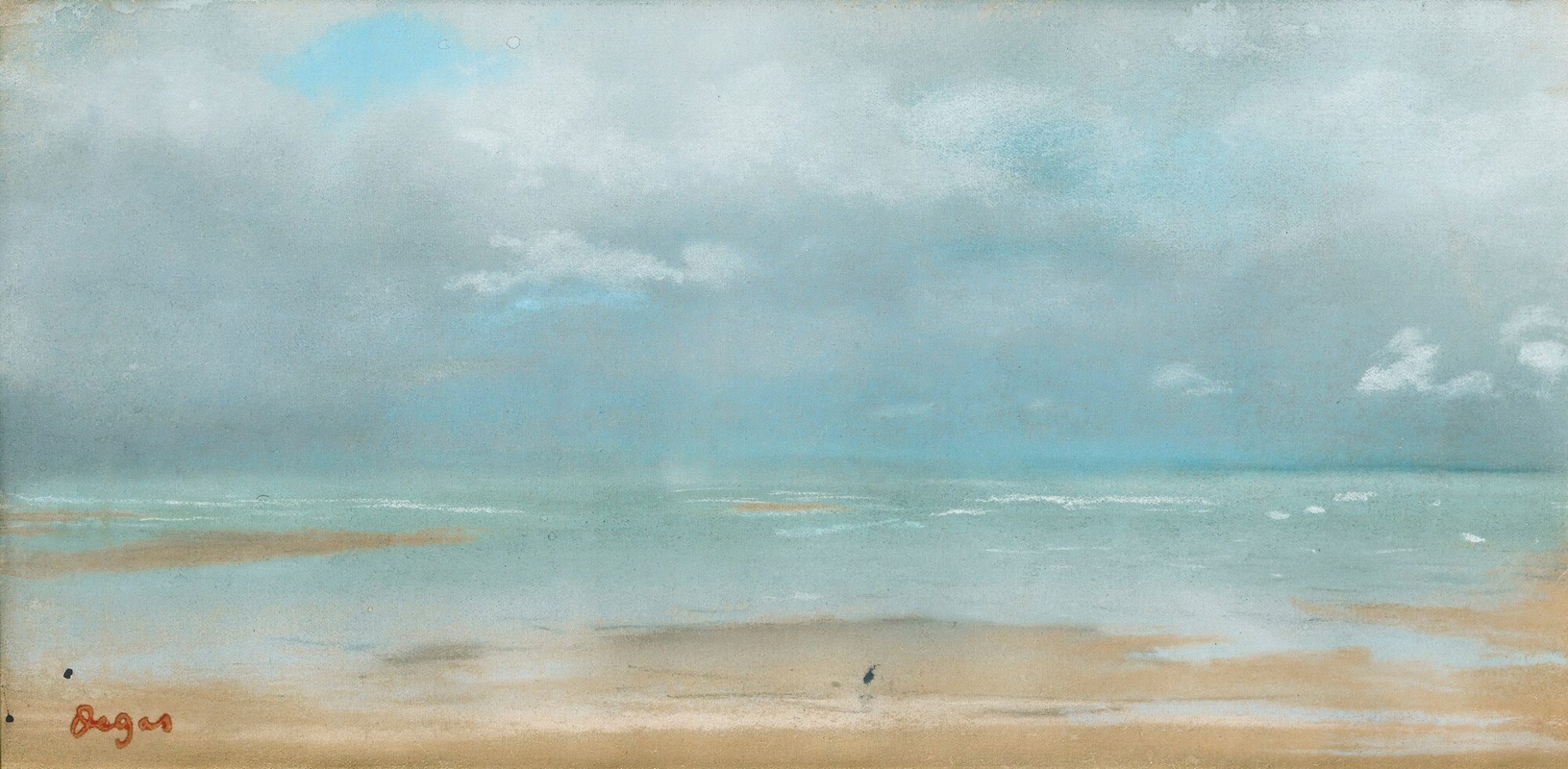
Plage À Marée Basse
A hand-painted replica of Edgar Degas’s masterpiece Plage À Marée Basse, meticulously crafted by professional artists to capture the true essence of the original. Each piece is created with museum-quality canvas and rare mineral pigments, carefully painted by experienced artists with delicate brushstrokes and rich, layered colors to perfectly recreate the texture of the original artwork. Unlike machine-printed reproductions, this hand-painted version brings the painting to life, infused with the artist’s emotions and skill in every stroke. Whether for personal collection or home decoration, it instantly elevates the artistic atmosphere of any space.
"Plage À Marée Basse" (Beach at Low Tide) is a painting by the renowned French artist Edgar Degas, who is best known for his works depicting dancers, horse races, and everyday scenes of Parisian life. Degas was a prominent figure in the Impressionist movement, although he preferred to be called a realist or independent artist. His works are celebrated for their innovative composition, perspective, and use of light and color.
"Plage À Marée Basse" is an example of Degas's exploration of landscape painting, a genre he did not frequently pursue compared to his more famous subjects. This painting captures a serene beach scene at low tide, showcasing Degas's ability to convey the tranquility and expansive nature of the seaside environment. The composition likely features elements typical of Degas's style, such as careful attention to detail, a sense of movement, and a nuanced palette that captures the subtleties of natural light.
Degas's interest in landscapes and seascapes was part of a broader trend among Impressionist artists, who sought to capture the fleeting effects of light and atmosphere in their work. While Degas is not primarily known for his landscapes, "Plage À Marée Basse" demonstrates his versatility and skill in this area. The painting reflects his keen observational skills and his ability to render the natural world with a sense of immediacy and intimacy.
The exact date of the painting is not well-documented, but it is believed to have been created during a period when Degas was experimenting with different subjects and techniques. This period saw Degas traveling and exploring various locales, which likely influenced his choice to depict a beach scene. The painting's style and execution are consistent with Degas's broader body of work, characterized by a blend of realism and impressionistic elements.
"Plage À Marée Basse" is part of a lesser-known aspect of Degas's oeuvre, offering insight into his broader artistic interests beyond his iconic depictions of ballet dancers and urban life. The painting is a testament to Degas's ability to capture the essence of a moment, whether it be the dynamic movement of a dancer or the calm stillness of a beach at low tide.
As with many of Degas's works, "Plage À Marée Basse" may be housed in a private collection or a museum, contributing to the rich legacy of one of the 19th century's most influential artists. Degas's contributions to art continue to be celebrated for their innovation, technical mastery, and emotional depth, and "Plage À Marée Basse" stands as a beautiful example of his diverse talents.
In summary, "Plage À Marée Basse" by Edgar Degas is a captivating painting that showcases the artist's skill in capturing the natural world. While Degas is primarily known for his depictions of dancers and urban scenes, this work highlights his ability to convey the serene beauty of a beach at low tide, reflecting his broader artistic interests and mastery of different genres.






